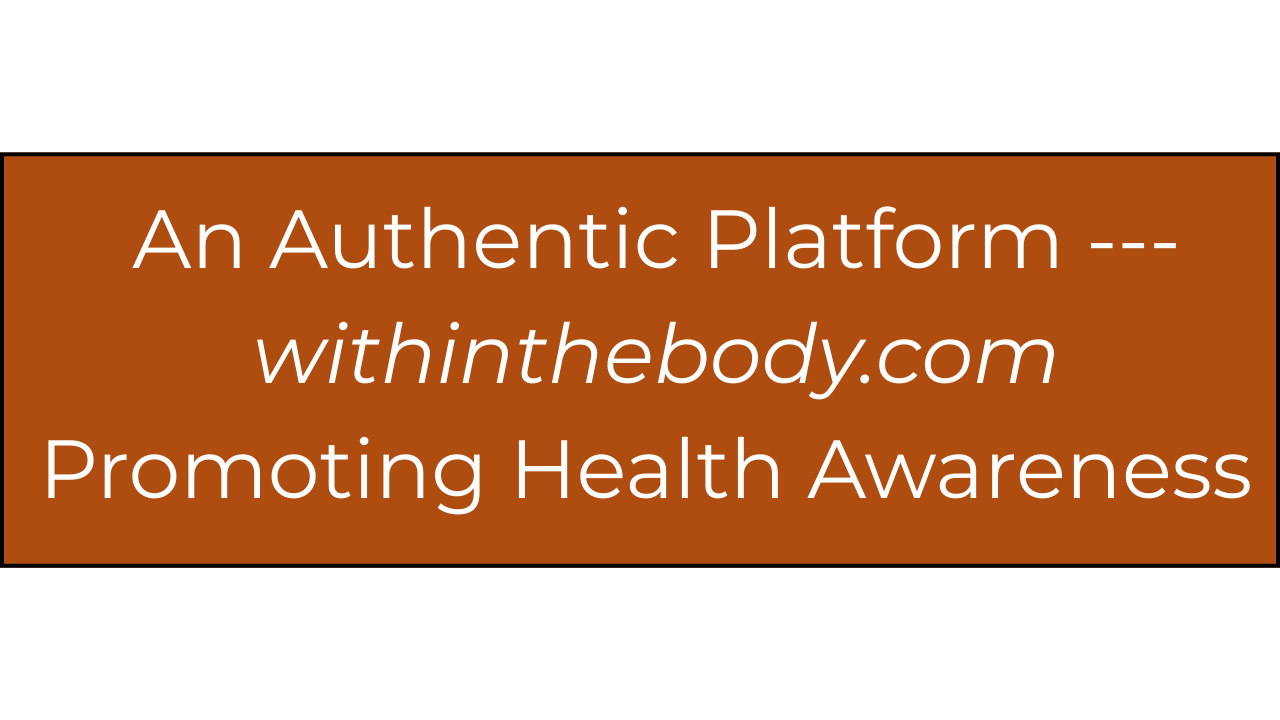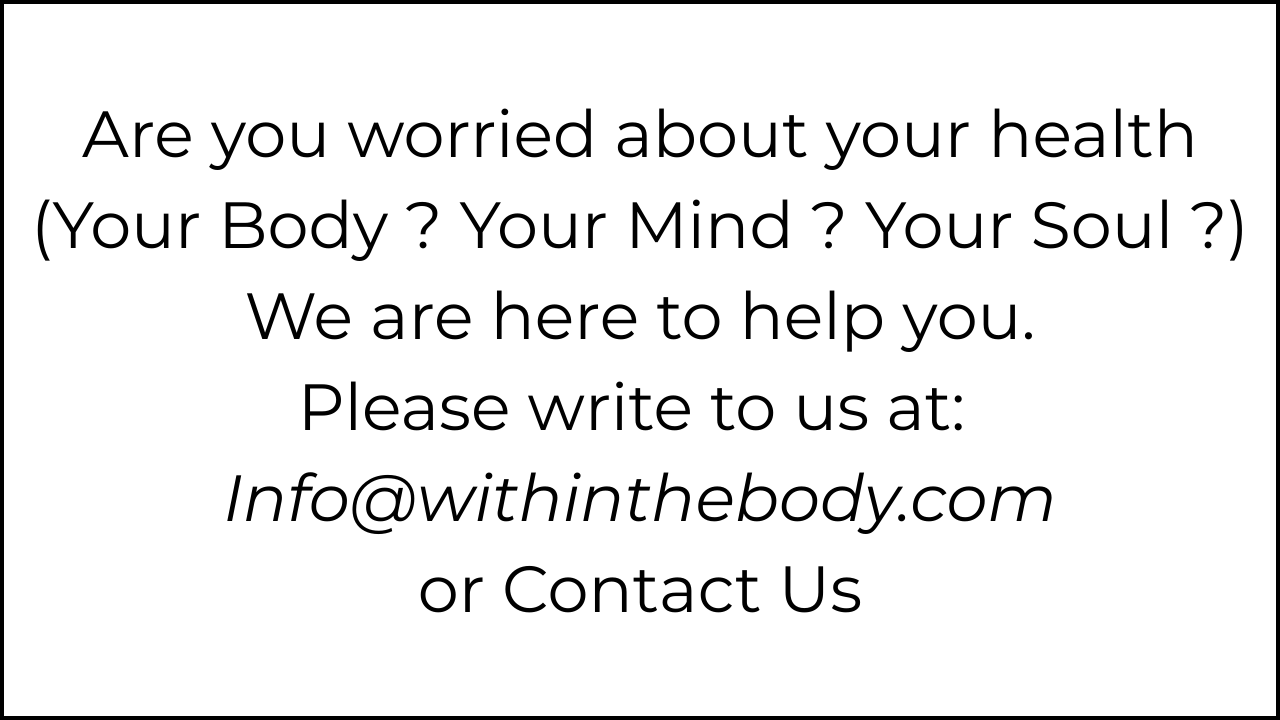High Blood Pressure — A Silent Killer


“You can support my work by downloading this article through the secure Linkvertise link below — it helps me keep creating free, high-quality content for readers like you.”
High blood pressure, or hypertension, is often called the “silent killer” — and rightly so. It quietly damages vital organs for years before symptoms appear. By the time it becomes evident, irreversible harm may already have occurred to the heart, kidneys, eyes, or brain. Despite its deceptive silence, hypertension is one of the most common and preventable causes of heart attack, stroke, and premature death worldwide.
In simple terms, blood pressure measures the force with which blood pushes against the walls of arteries. When this pressure remains consistently high, the arteries become stiff and narrow, forcing the heart to work harder — a strain that ultimately wears out the entire circulatory system.
For General Readers
High blood pressure rarely announces its presence. Most people feel perfectly fine until complications arise. That’s why regular blood pressure checks are essential, especially after the age of 40 or if there’s a family history of hypertension.
Uncontrolled blood pressure can silently damage the heart (causing heart failure), the brain (leading to stroke), the kidneys (causing chronic kidney disease), and even the eyes (leading to vision loss).
Lifestyle factors play a major role — high salt intake, obesity, stress, lack of physical activity, and smoking all contribute to the problem. The good news is that hypertension can be prevented and controlled through consistent monitoring, dietary changes, and prescribed medication when needed. A simple daily routine of moderate exercise, less salt, more fruits and vegetables, and a calm mind can often make a world of difference.
For Medical Students
Understanding hypertension begins with the concept of systemic vascular resistance and cardiac output. Blood pressure (BP) = Cardiac Output × Peripheral Resistance. When either increases persistently, BP rises.
Students should focus on the classification (as per current guidelines):
• Normal: <120/80 mmHg
• Elevated: 120–129/<80 mmHg
• Hypertension Stage 1: 130–139/80–89 mmHg
• Hypertension Stage 2: ≥140/90 mmHg
They must appreciate the difference between primary (essential) and secondary hypertension. While essential hypertension accounts for nearly 90–95% of cases and has multifactorial origins (genetic, environmental, lifestyle), secondary causes include renal artery stenosis, endocrine disorders, and certain medications.
Medical students should also understand target organ damage — left ventricular hypertrophy, nephrosclerosis, retinopathy, and cerebrovascular accidents. Early recognition of these complications is key to preventive medicine.
For Young Doctors
For young physicians, hypertension management is both a challenge and an opportunity. The challenge lies in identifying high-risk individuals early and ensuring lifelong compliance. The opportunity is to educate and empower patients before irreversible complications occur.
A proper evaluation involves:
• Accurate BP measurement (in both arms, using validated devices)
• Screening for risk factors (diabetes, dyslipidemia, smoking)
• Assessment for secondary causes when indicated
• Evaluation of end-organ damage (ECG, renal function tests, fundus exam)
Treatment should always start with lifestyle modification, followed by pharmacological therapy when required — using ACE inhibitors, ARBs, calcium channel blockers, beta-blockers, or diuretics according to the patient’s profile.
Follow-up and patient adherence are the true cornerstones of success. A compassionate doctor who explains, listens, and adjusts therapy as needed can transform outcomes.
For General Practitioners
For family and primary care physicians, hypertension is a daily encounter. Yet, the approach must go beyond mere prescription. A GP’s strength lies in long-term observation and trust.
Key principles include:
• Early detection: Every adult visit should include a BP check.
• Risk stratification: Combine BP readings with cardiovascular risk factors.
• Personalized management: Not every patient needs the same drug or target.
• Community education: Encourage families to monitor BP at home, reduce salt, avoid processed food, and maintain healthy weight.
Gaps often occur in follow-up, dose titration, and patient understanding — all areas where a GP can make the greatest difference. Remember: the aim is not only to bring numbers down but to protect organs and preserve life.
Pathophysiology
Hypertension is primarily a disorder of vascular regulation. The interplay of the autonomic nervous system, renin–angiotensin–aldosterone system (RAAS), and endothelial function determines arterial tone.
• Sympathetic overactivity increases heart rate and vasoconstriction.
• RAAS activation promotes sodium retention and vascular remodeling.
• Endothelial dysfunction reduces nitric oxide (vasodilator) availability, leading to stiffness and loss of compliance.
• Genetic predisposition interacts with environmental triggers such as diet, stress, and inactivity.
Over time, these mechanisms cause arteriosclerosis, left ventricular hypertrophy, and microvascular damage. The progression is gradual but relentless — explaining why hypertension silently corrodes the body before overt disease appears.
When to See the Doctor
See your doctor if:
• Your blood pressure reading is repeatedly ≥140/90 mmHg.
• You experience headaches, dizziness, chest pain, or blurred vision.
• There’s a family history of heart attack, stroke, or hypertension.
• You’re diabetic, overweight, or have kidney disease.
In emergencies (severe headache, shortness of breath, confusion, or nosebleed with very high BP), seek immediate medical attention. Do not self-adjust or abruptly stop medication — it can be dangerous.
High blood pressure remains one of humanity’s most widespread yet controllable health threats. Its danger lies in its silence; its solution lies in awareness. Whether you are a layperson, a student of medicine, or a practicing doctor, understanding hypertension means understanding the fine balance between lifestyle and life itself.
Early detection, regular monitoring, and consistent treatment can save countless hearts, brains, and kidneys from silent destruction. In the end, the real victory against this “silent killer” begins with one simple act — checking your blood pressure today.
FAQs About High Blood Pressure
1. Why is hypertension called a “silent killer”?
Because it causes damage to vital organs over time without producing noticeable symptoms until complications appear.
2. Can stress alone cause high blood pressure?
Chronic stress can raise BP temporarily and indirectly through unhealthy habits (smoking, overeating), but persistent hypertension often involves multiple factors.
3. Is medication lifelong?
For most patients, yes — though lifestyle improvement can reduce dosage or even eliminate the need in early stages.
4. How often should I check my blood pressure?
Adults over 40 should check at least once every 3–6 months, and those on treatment should check more frequently or as advised by their doctor.
5. What is a dangerous blood pressure reading?
A reading of ≥180/120 mmHg is considered a hypertensive crisis and requires urgent medical attention.
6. Can high blood pressure be completely cured?
Primary hypertension can usually be controlled, not cured. However, secondary hypertension can sometimes be cured if the underlying cause is treated.
7. Does reducing salt really help?
Absolutely. Even a moderate reduction in dietary salt can significantly lower BP and reduce the need for medication.
